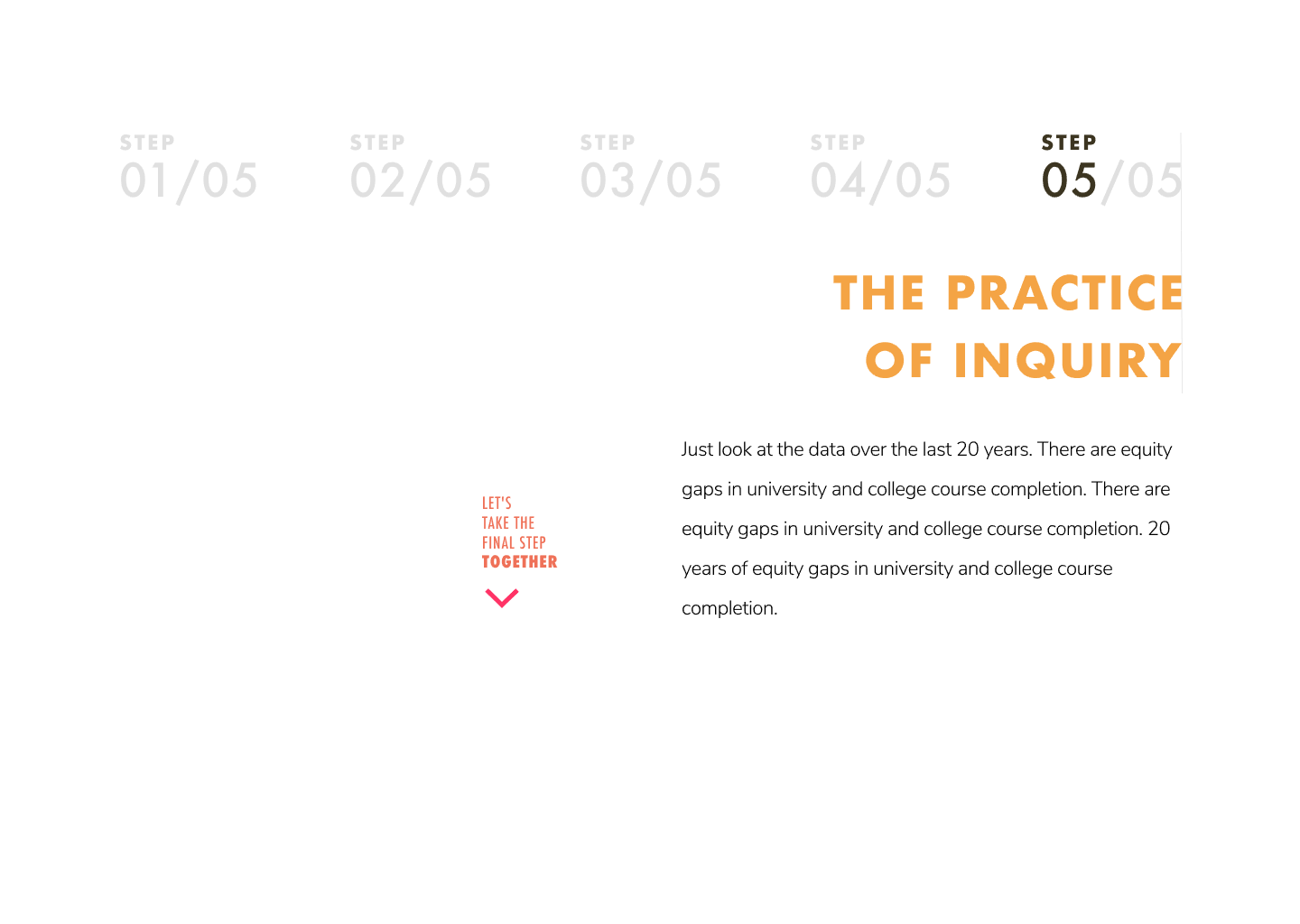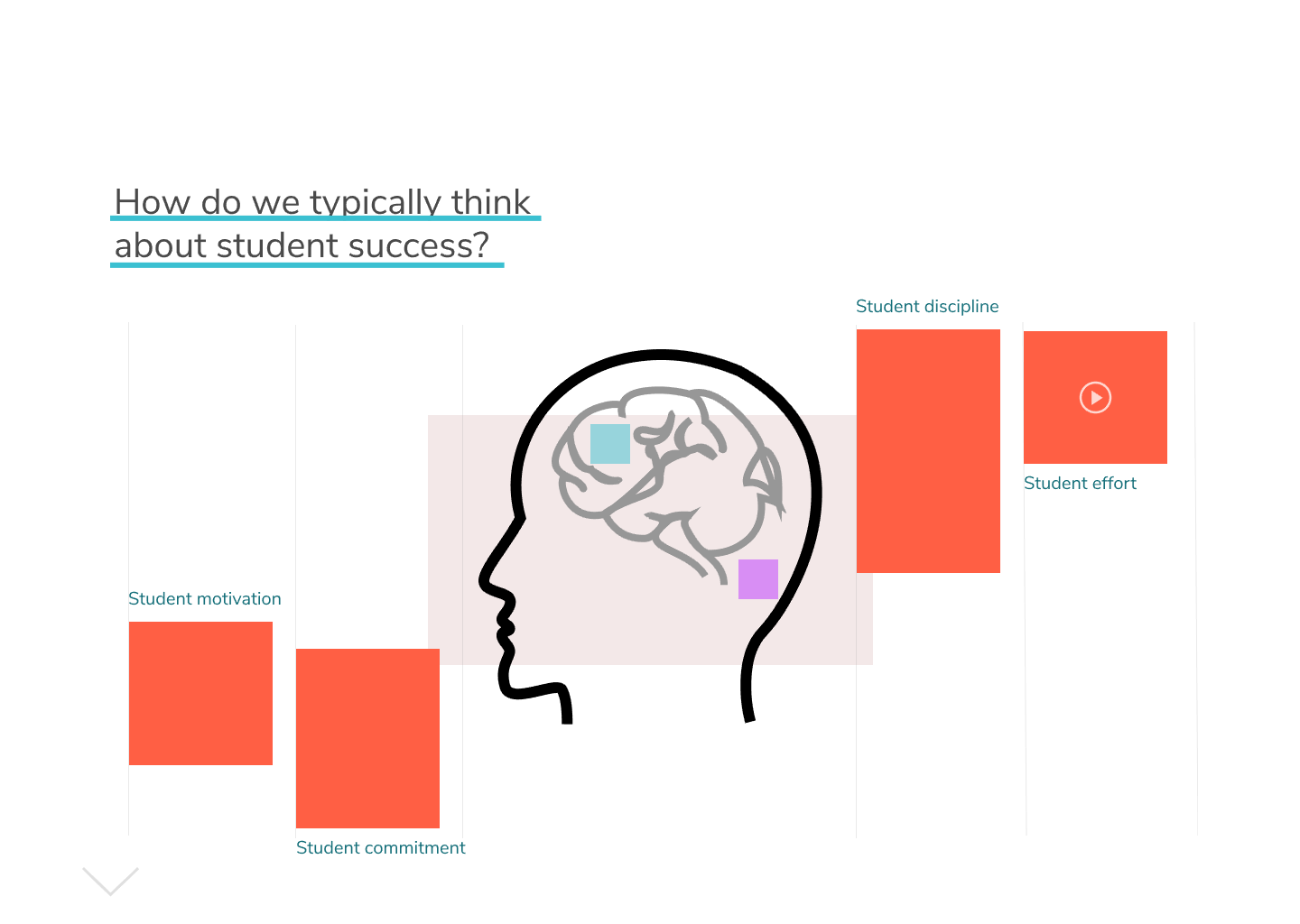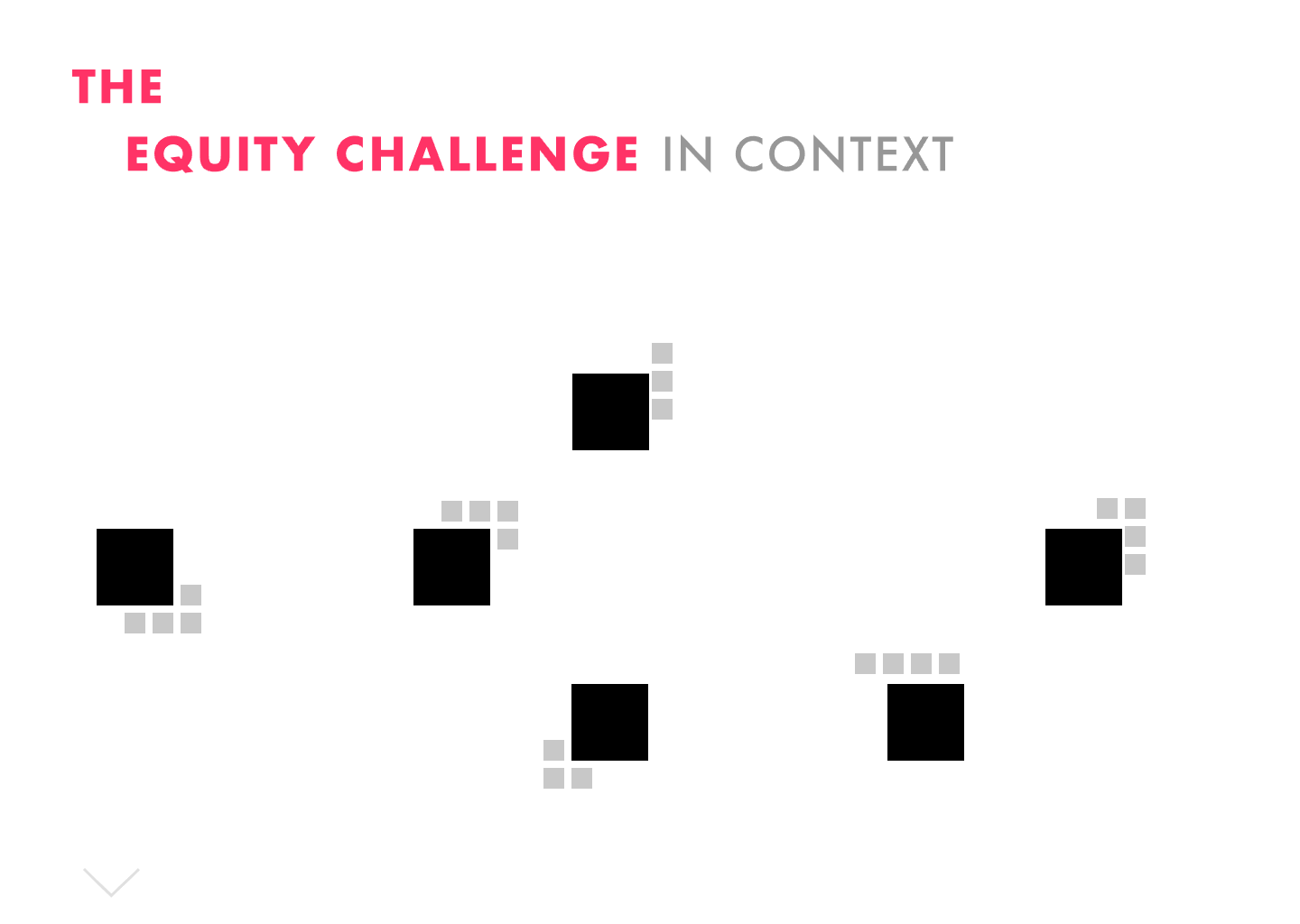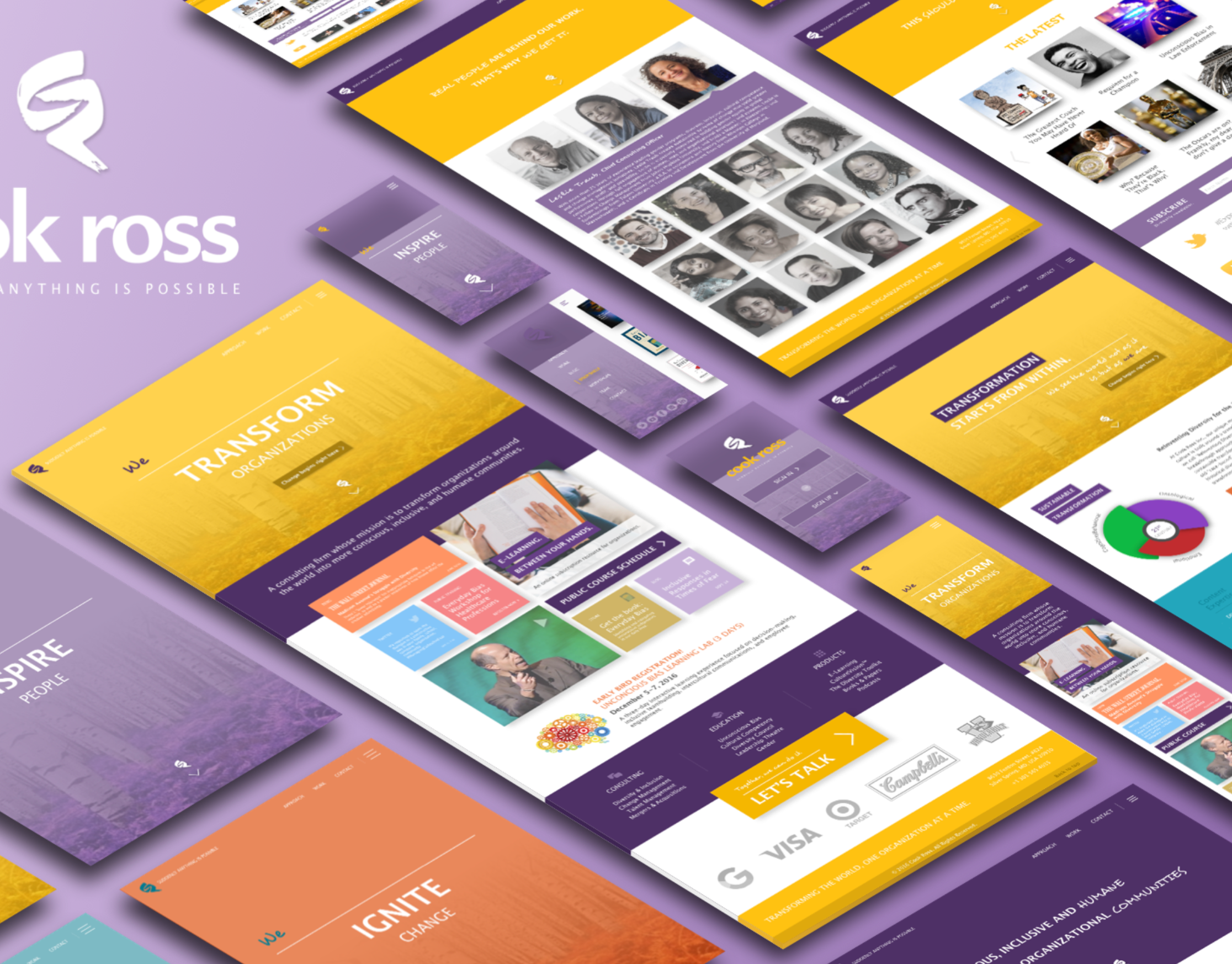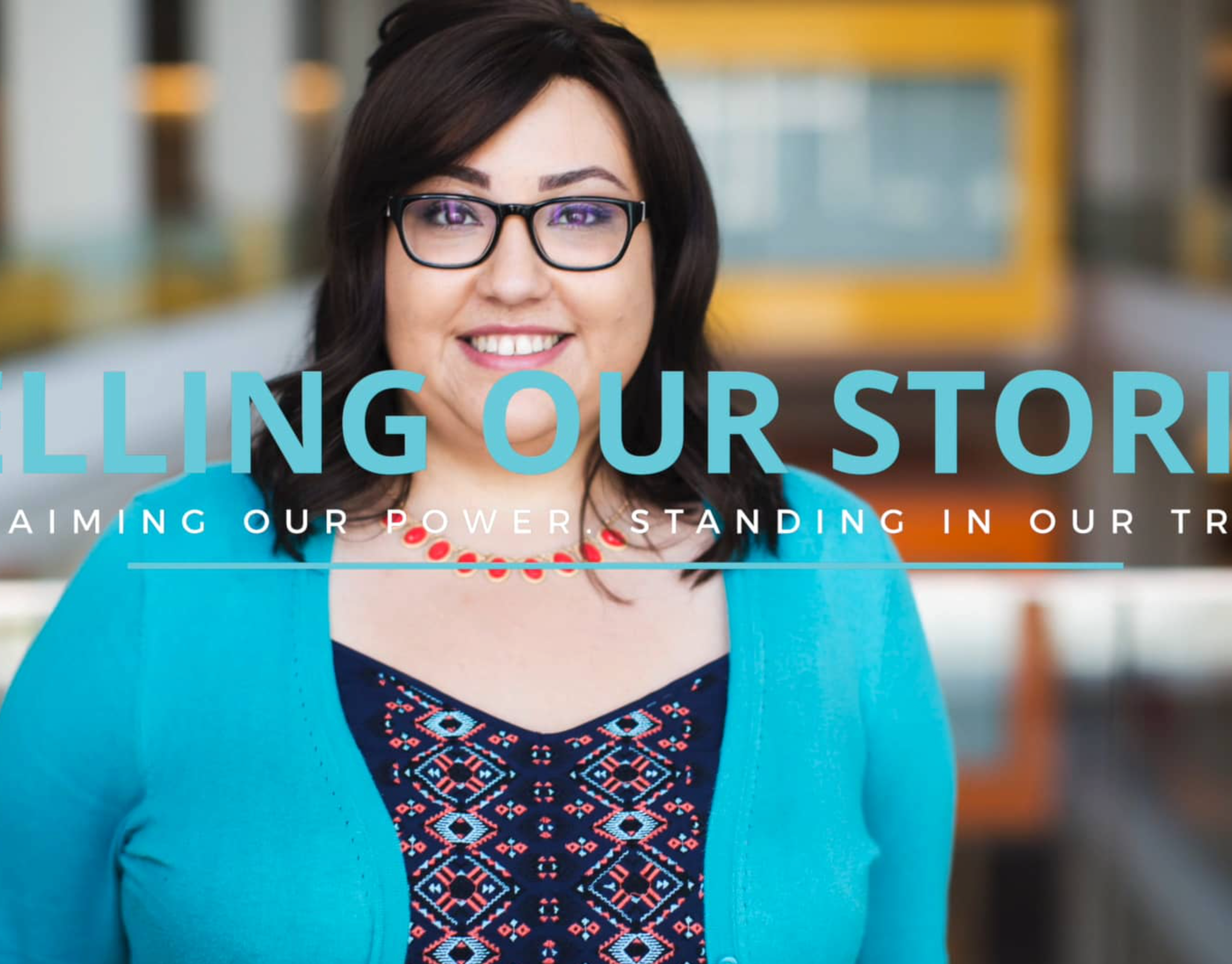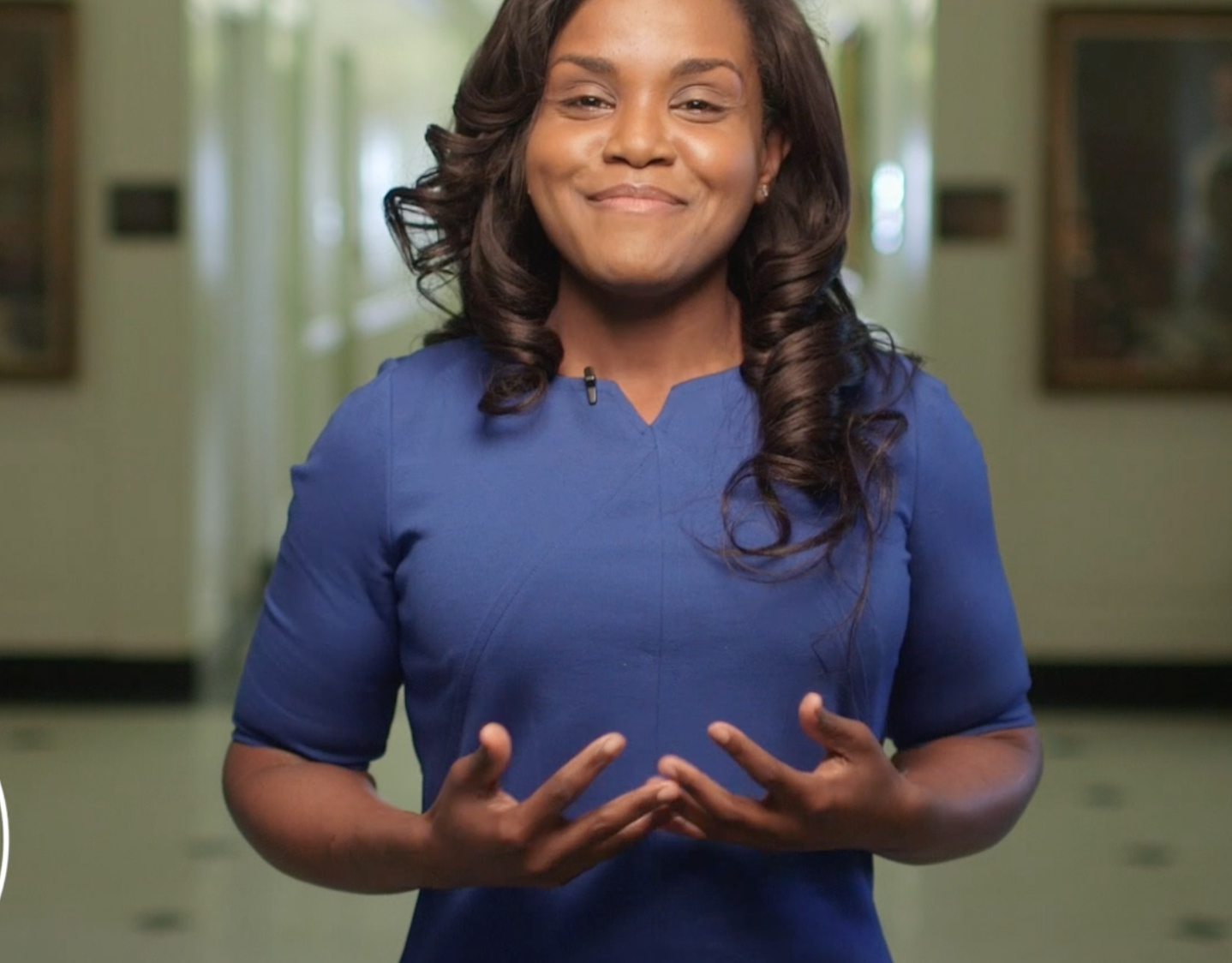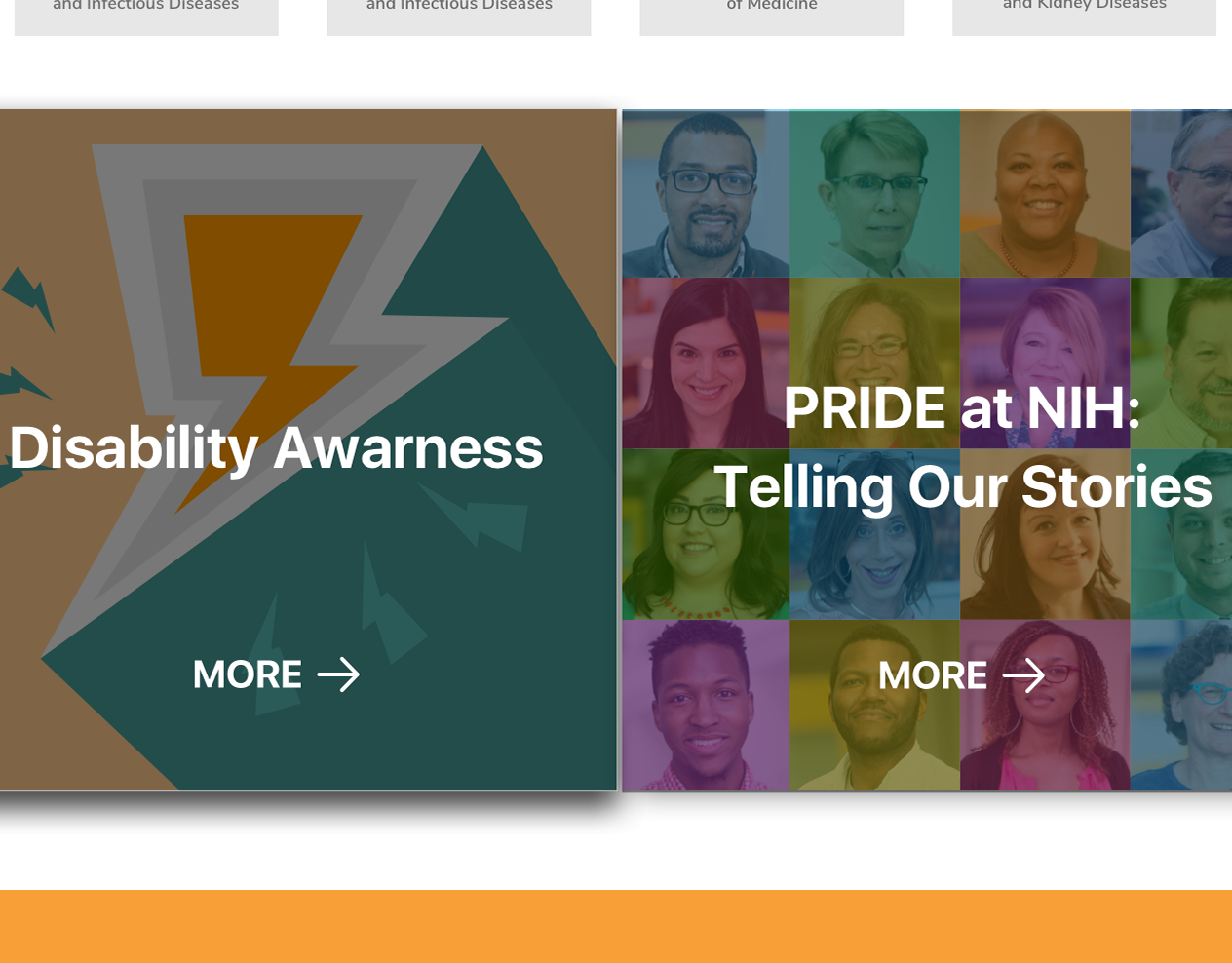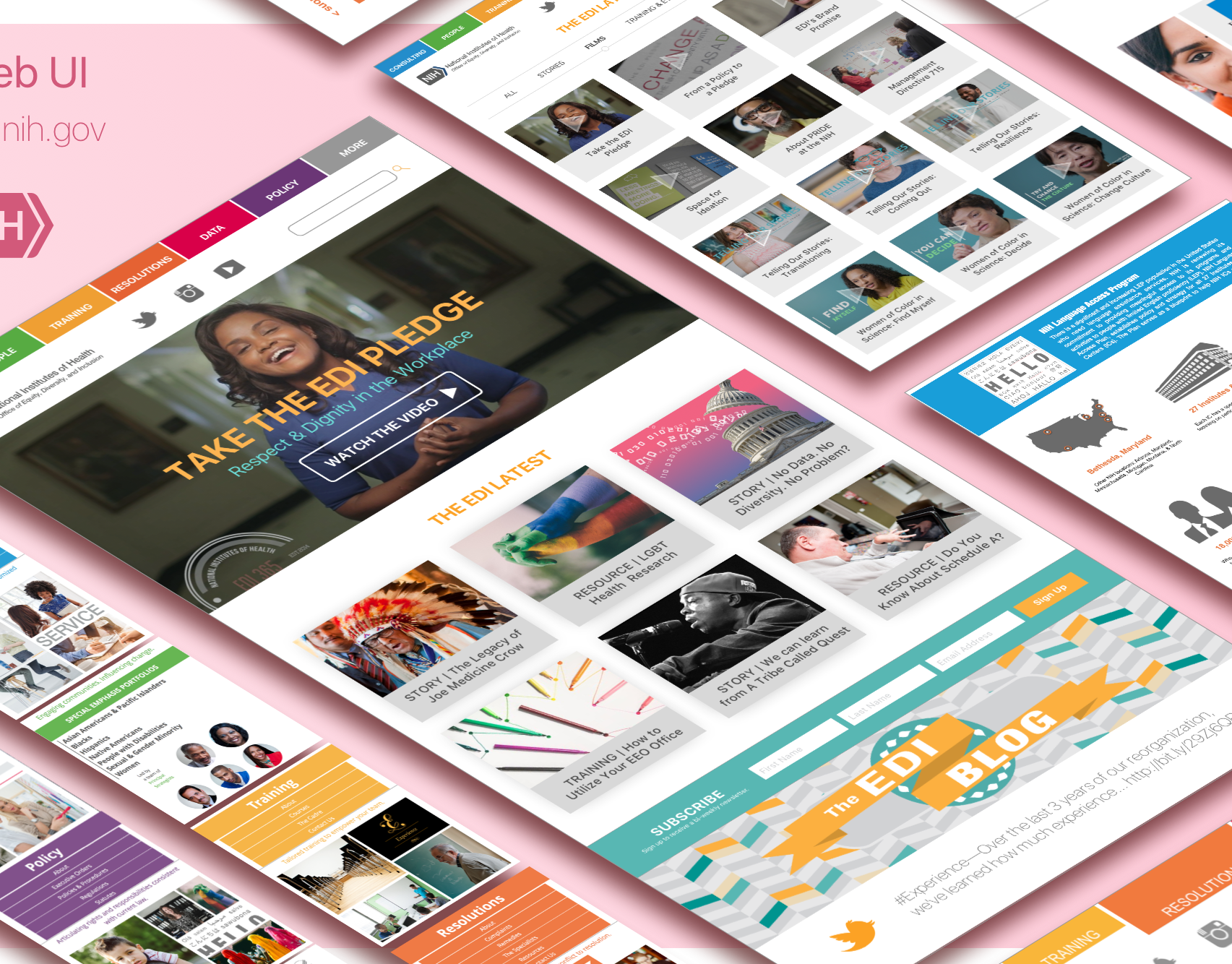


University of Southern California, Center for Urban Education
Sector: Education
Customer Problem
Educators receive thick packets of research on EM after attending in-person trainings but struggle to reengage that material due to a lack of time, guidance, and interest.
Educators receive thick packets of research on EM after attending in-person trainings but struggle to reengage that material due to a lack of time, guidance, and interest.
Meanwhile, the impact is felt in course syllabi which remain artifacts of inequity to students, putting the psychological safety of the latter at risk.
Business Problem
Referring educators to research literature contrasts the experiential way EM is taught in the field.
Having invested decades of research in EM, the Center is unsure how to sustain its practice as in-person trainings become less manageable for the university even more so now because of COVID-19.
Having invested decades of research in EM, the Center is unsure how to sustain its practice as in-person trainings become less manageable for the university even more so now because of COVID-19.
Objective
1. Make learning/reengaging EM material as experiential and personalized as in-person training, but more convenient.
1. Make learning/reengaging EM material as experiential and personalized as in-person training, but more convenient.
2. Leverage online learning to make EM research and training available at scale.
Final Prototype


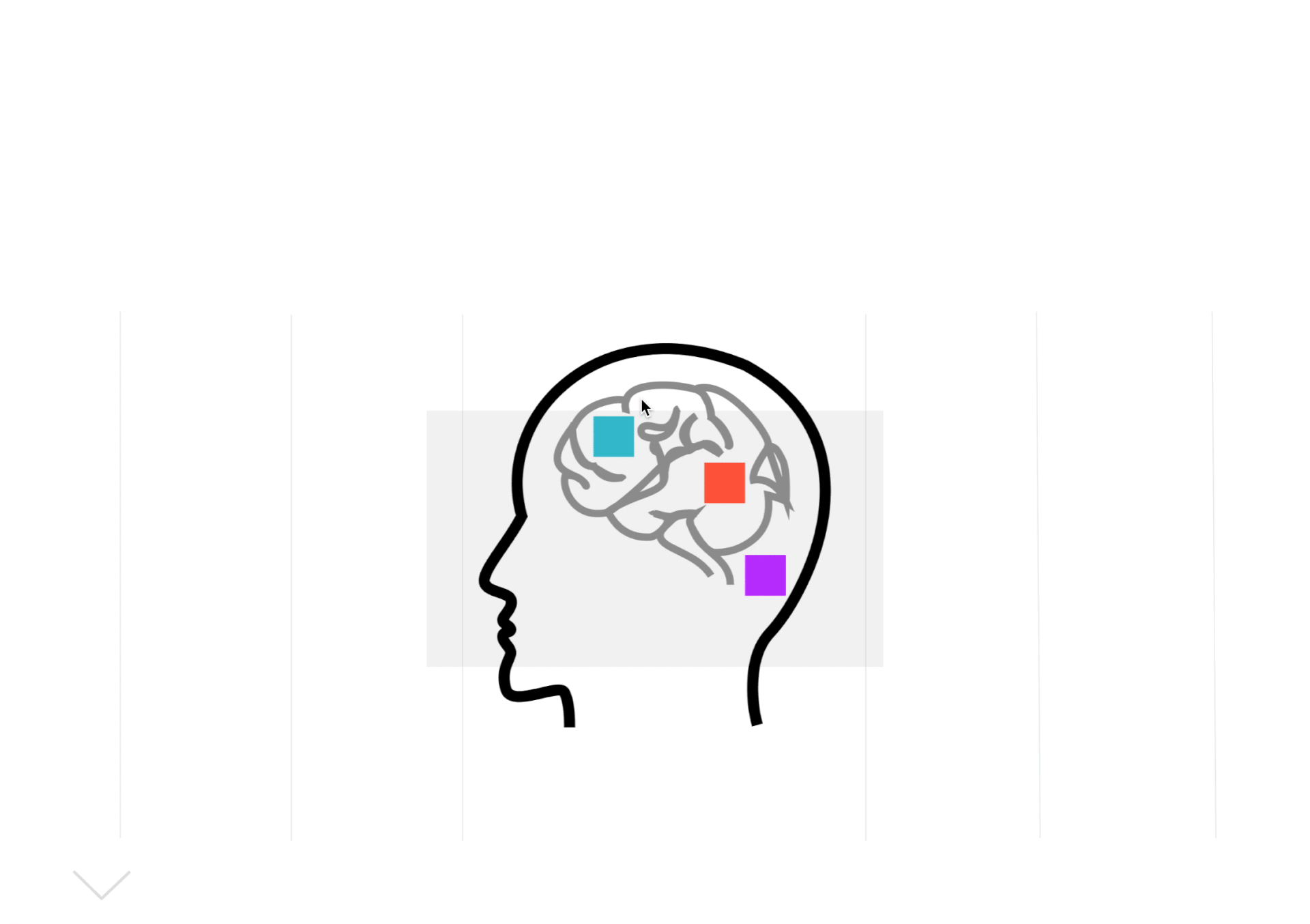

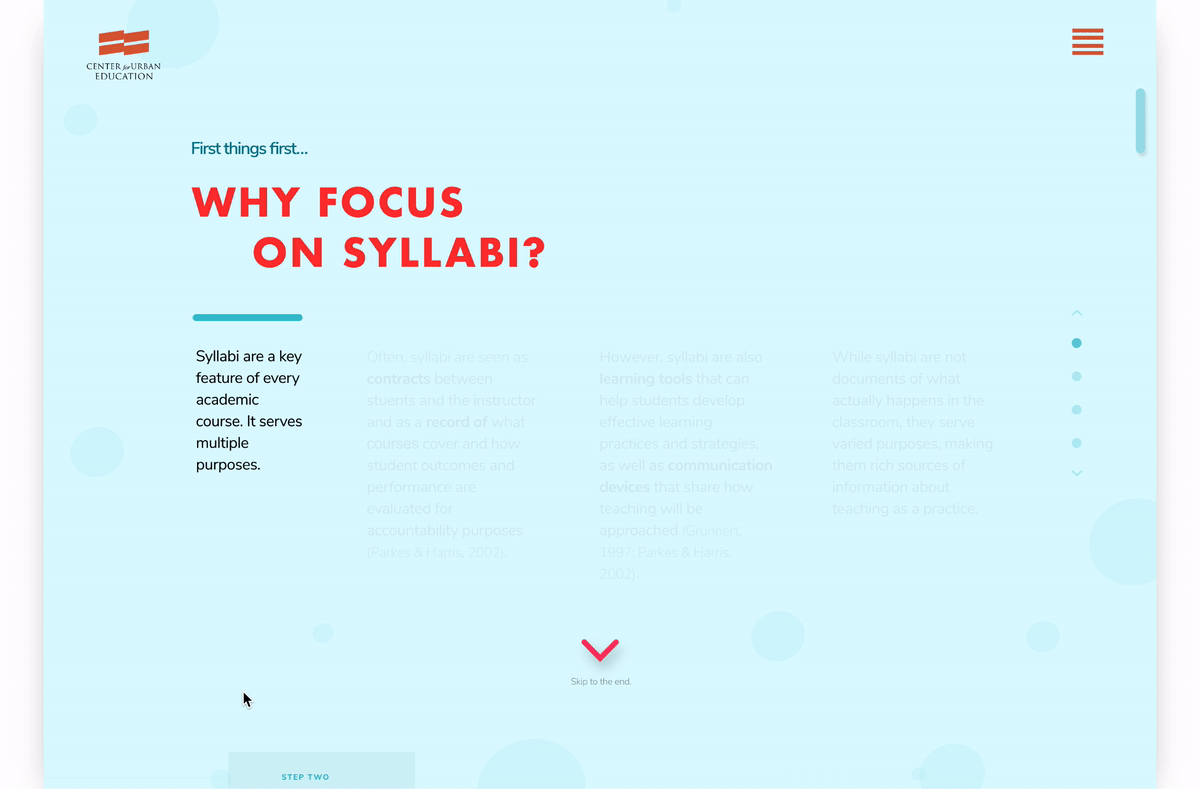

Behind the scenes
Process & Critique
Testing Early Assumptions, Rapid Prototyping
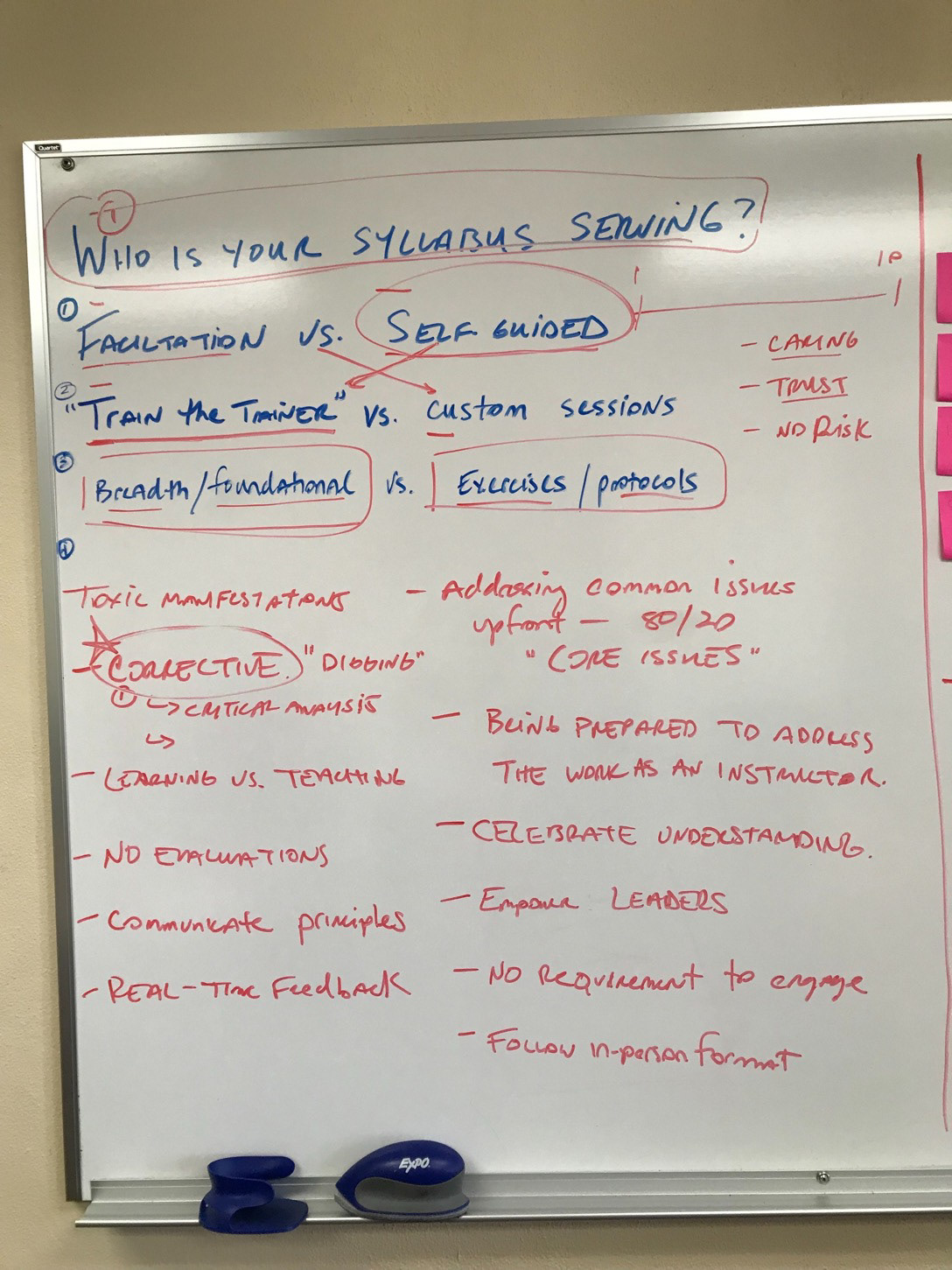









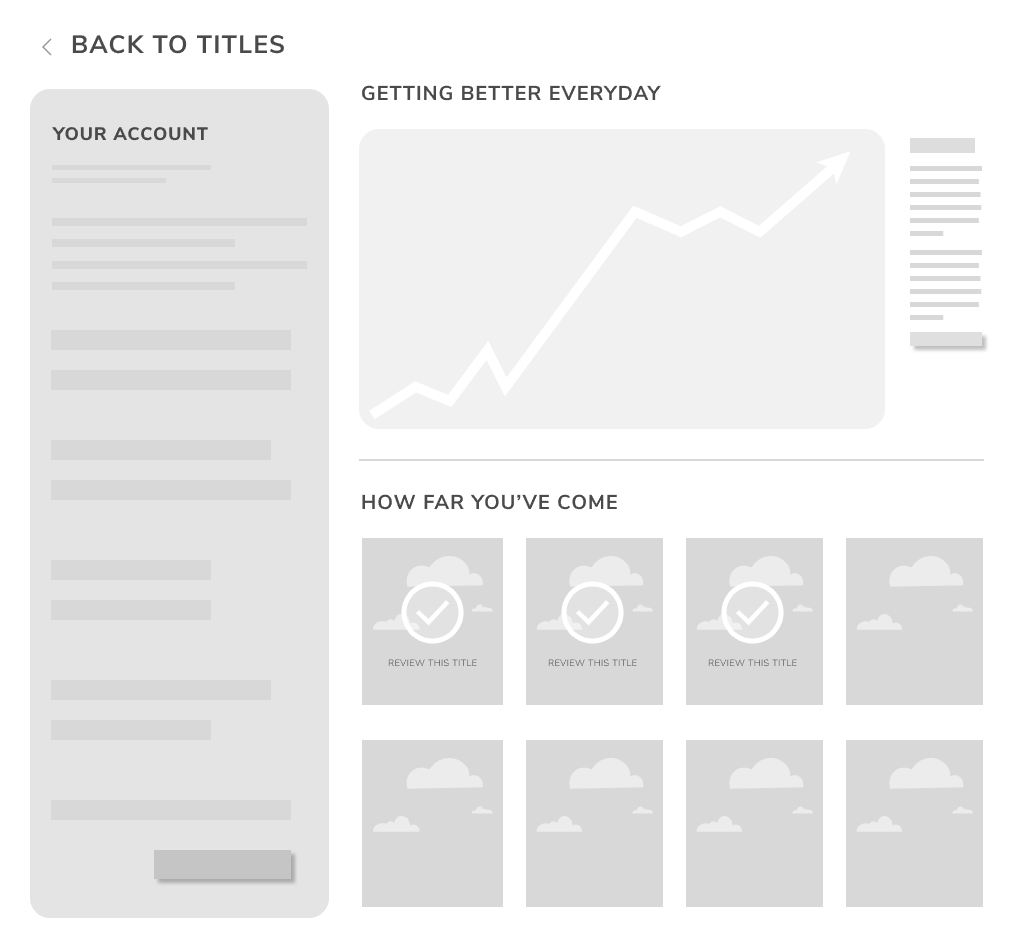



Rapid prototyping and testing early helped the client visualize the final product before investing further, reducing risk and cost. We were able to pivot early to a new concept that better matched the client's goal and creative vision. (See below.)
Affinity Mapping, Exemplars, Assumptions & Hypotheses

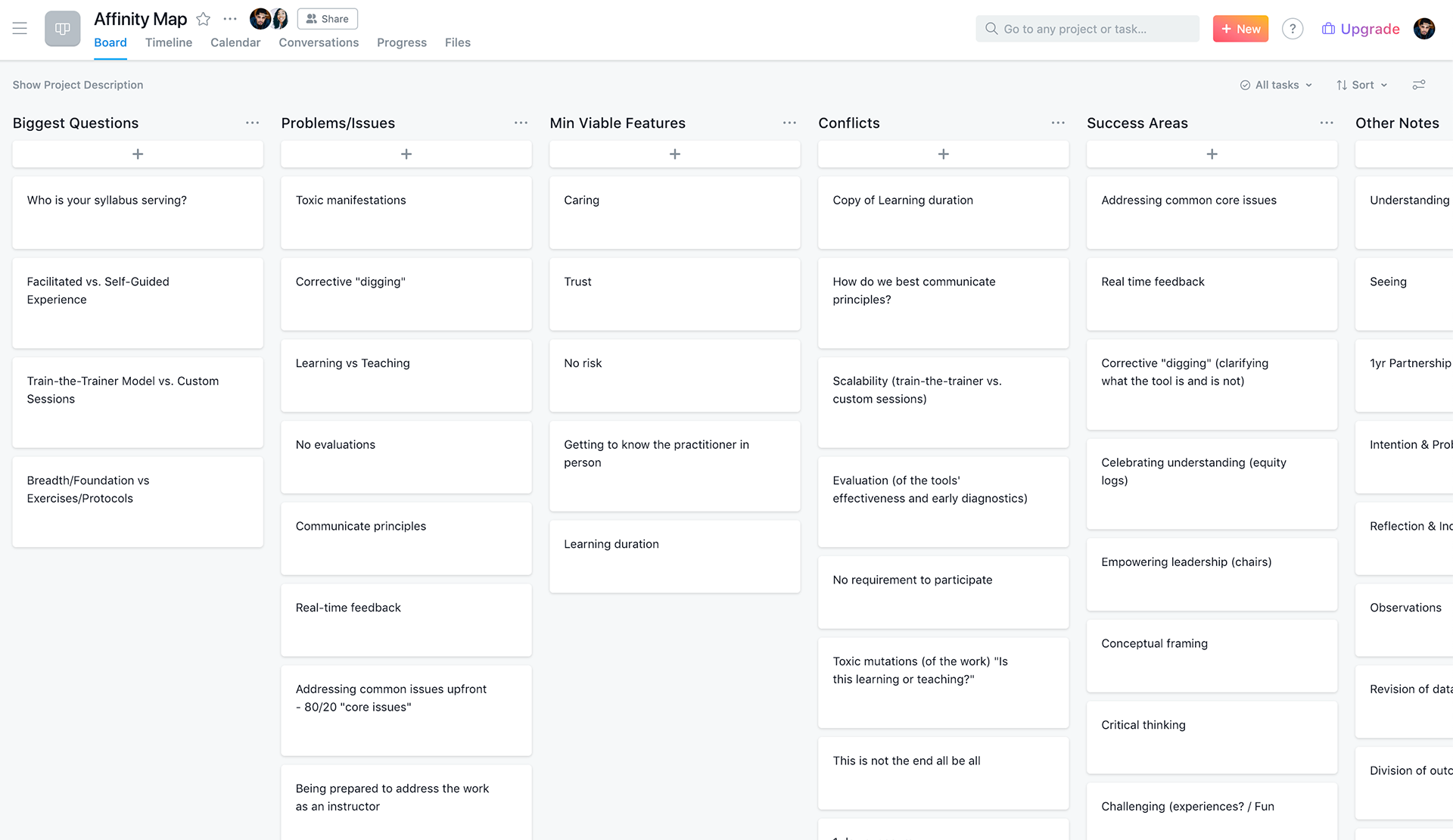
Reporting out. Stakeholder validation.



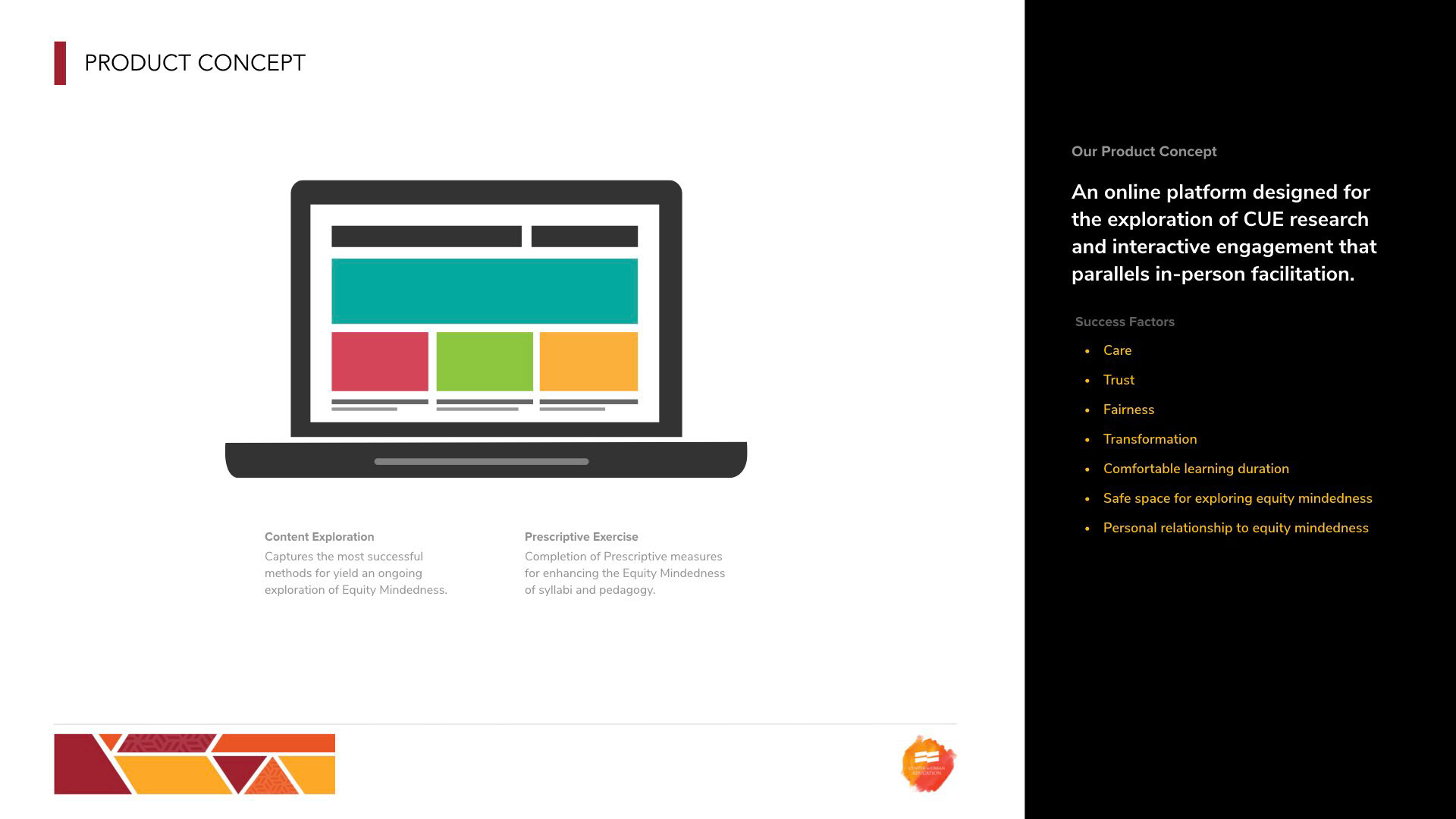


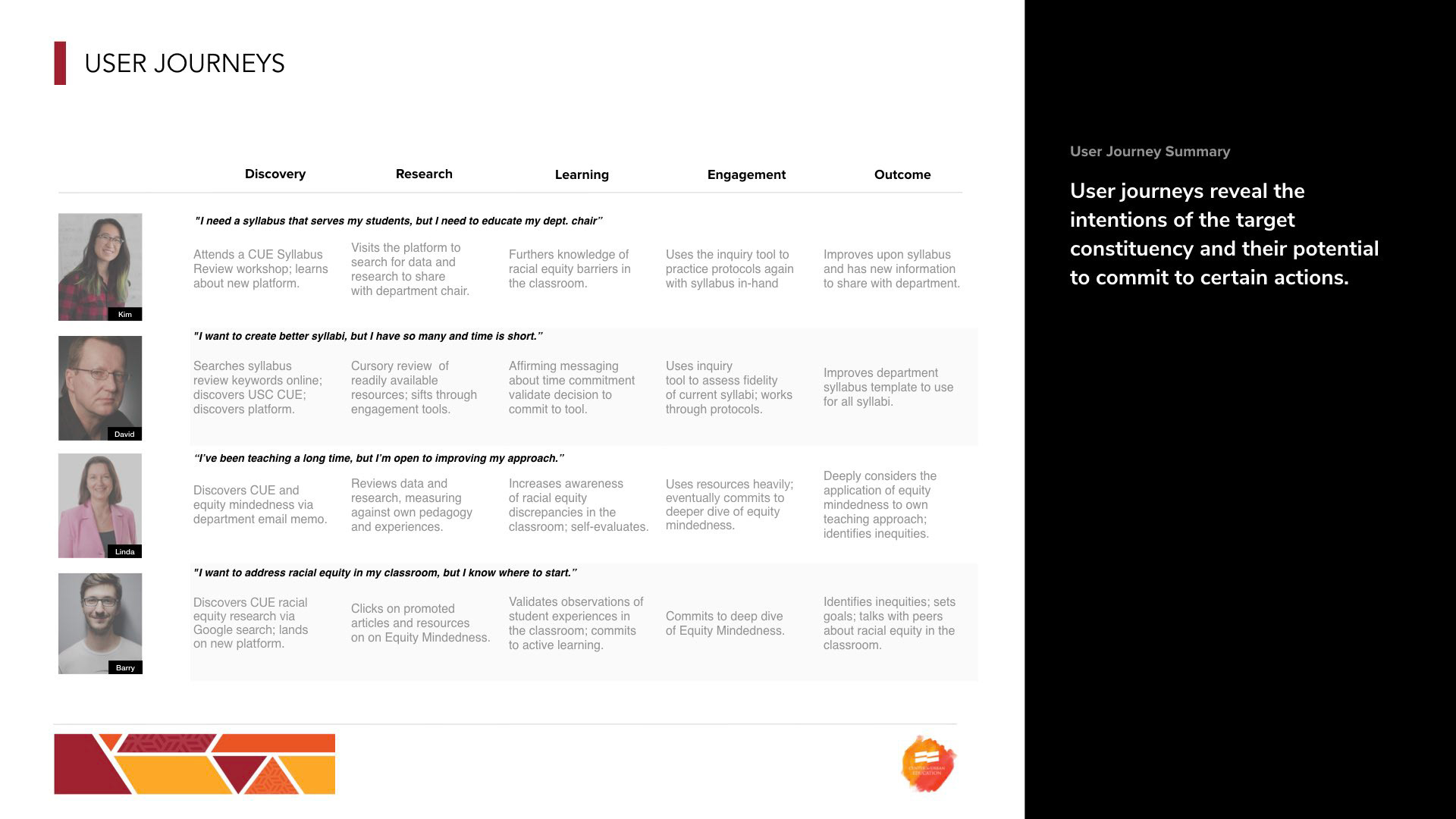





Low Fidelity: Early usability testing of logic and flow
Invent, reduce and simplify for scale.
High Fidelity: Craft, Delight





